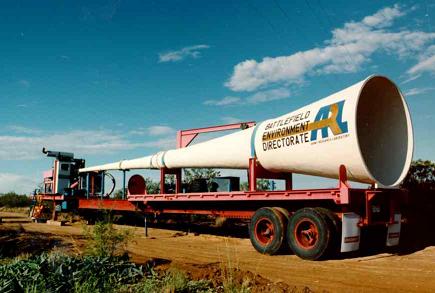Hi! I'm planning to build a 2x12 guitar cab for a 50W amp, I'm planning to put jensens in it, but I'm not 100% sure 'bout which model i shoud go for. I'm choosing between the C12Q(35W) and the C12N(50W). I was pretty sure that I'd go for the 35W until someone said that two 35W speakers wouldn't be enough power for a 50W amp(the amp would "push the speakers too hard"), and recommended to go for two 50 watts instead(to kinda be on the safe side). I think that this sounds a little strange? Can someone please explain?

 ).
).


Comment